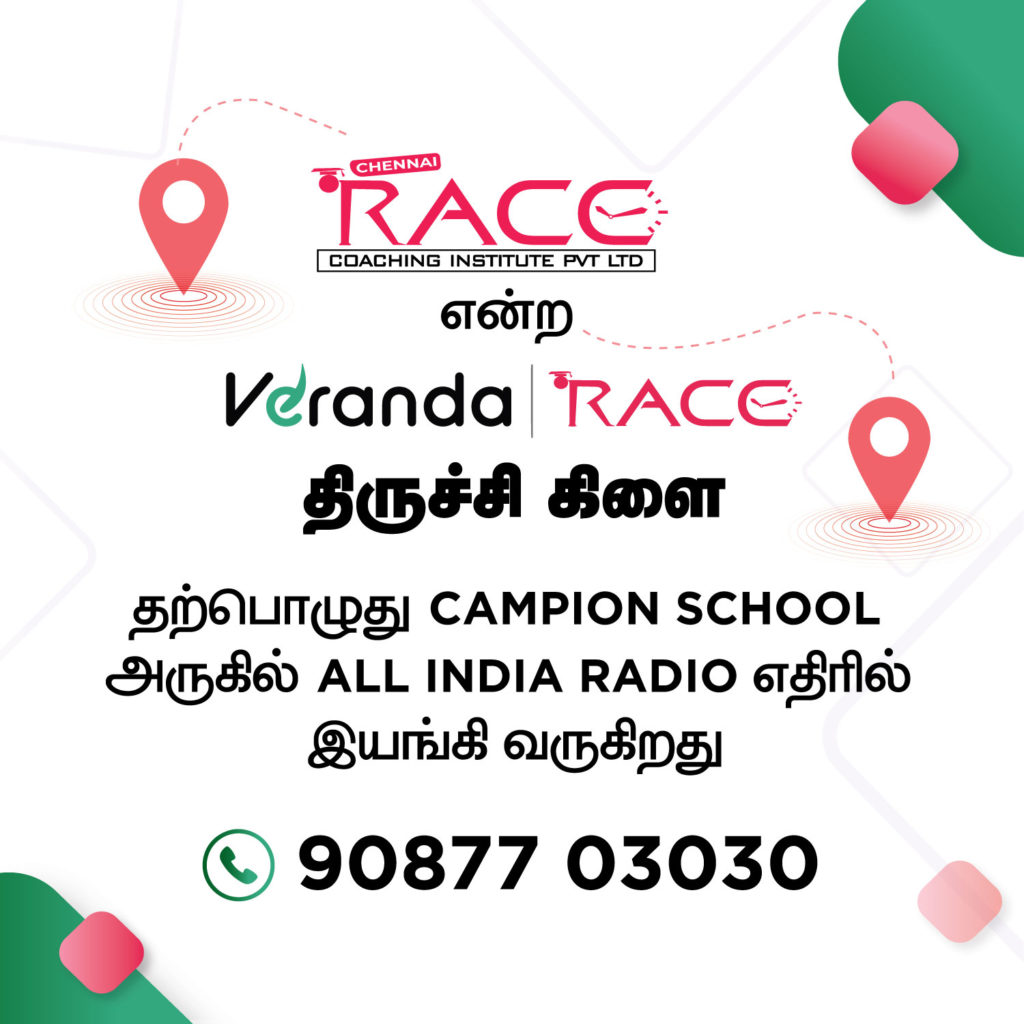Animal and Plant Kingdom- PDF Material for SSC & RRB Exams
Animal and Plant Kingdom- PDF Material for SSC & RRB Exams
1. Largest phylum of animalia which includes insects is – Arthropoda
2. The body of arthropods is covered by – chitinous exoskeleton
3. Water vascular system is the characteristics of which of the following group – phylum Echinodermata
4. Which phylum has a true coelom? – Annelida
5. Which organism possesses characteristics of plants and animals? – Euglena
6. A fat called blubber could be obtained from – blue whale
7. Which type of the phylum is characterized by absence of true coelom? – Nematoda
8. Which one of the following pairs of animals comprises ‘jawless fishes’? – Lampreys and hag fishes
9. In a sponge the whole inner surface of the asconoid is lined by – Choanocytes
10. Which one of the following kinds of animals is triploblastic? – Flat Worms
11. The ______ are undifferentiated embryonic cells and produce the sex cells as well. – Archaeocytes
12. Which of the followings are egg laying mammals – Monotremes
13. Salamander belongs to the class – Amphibian
14. Acoelomates are characterized by – a solid body without a cavity surrounding internal organs
15. Mammals and living birds do not follow the characteristics of – an archosaur common ancestor
16. Which type of combination of phylum and description is incorrect – Calcarea – gastrovascular cavity, coelom present
17. In which of the animals the heart does not have the left and right auricles – cartilaginous and bony fishes
18. Hepatic portal system is present in all – amniotes and anamniotes only
19. Schizocoelic phyla are – Annelid, Arthropoda and Mollusca
20. Globe fish is a – Vertebrate Organism
21. In which of the following the heart is not ventral in position – Crabs
22. Paired segmental nerves have dorsal and ventral roots in – vertebrates
23. Bilateral symmetry is seen in the body organisation of – annelid, arthropods and vertebrates
24. Animals living on the tree trunks are known as – Arboreal
25. Octopus belongs to the phylum – Mollusc
26. Prawn belongs to the phylum – Arthropoda
27. Malaria parasite and amoeba grouped under – Protozoa
28. Locomotary organ of amoeba – cilia
29. Slipper shape animal is – Paramecium
30. Sycon belong to the class – Calcarea
31. Parazoa includes – porifera
32. The only fresh water species of sponges is – Spongilla
33. Bath sponge belong to the class – Desmospongia
34. The nitrogenous waste in cockroach is mainly excreted as – uric acid
35. The male and female cockroach can be distinguished by their – anal styles
36. Free living Platyhelminthes forms belong to the class – turbellaria
37. Schistoma is called – blood fluke of man
38. Hemocoelic body cavity is a characteristics of – cockroach
39. A common feature between cockroach and earthworm is – ventral nerve cord
40. The communication in bees by special body movement was discovered by – karl von frisch
41. The respiratory organs in a fresh water mussel are – gills
42. Devil fish is the common name of – octopus
43. Earthworm possess hearts – 4 pairs
44. sound box of birds is called – syrinx
45. jelly fish belong to which phylum – cnidaria
46. Octopus belong to the – phylum molluscs
47. The character of birds without exception is – beek without teeth
48. Egg of birds are – telolecithel
49. Pneumatic bone is found in – pigeon
50. Metagenesis is found in the life history of – obelia
51. Medusa is – asexually reproducing zooid
52. Cyanobacteria are classified under – Protista
53. The embryo sag of an angiosperm is made up of – 7 cells and 8 nuclei
54. The giant red wood tree is a – gymnosperm
55. To which group does volvox belong – green algae
56. Name the plant from which Ephedrine is extracted – Ephedra ( used for the treatment of asthma)
57. – – – – – – – – – – – Is a plant body , which is not differentiated into root, stem, and leaves. – Thallus
58. What are the photosynthetic pigments present in red algae – Phycobilins
59. How important is the present of air bladder in Pisces? – it regulates buoyancy.
60. The segmentation in the body is first observed in –
61. The animals inwhich the body cavity is absent are called – acoelomates, – e.g., platyhelminthes
62. Cnidarians exhibit two basic body forms called – polyp and medusa




